
Grasshoppers are very interesting critters. Most people take care of grasshoppers by exterminating them. However, if you are interested in learning how to take care of them for a science project, or just to have a new pet, this article is for you! This article will teach you how to catch them, how to properly house them, and what to feed them. Caring for a pet grasshopper can be a very enriching experience, so I hope you learn a lot from the information I provide. If you want to learn more information, here is this post that will teach you more things about grasshoppers.
How To Catch Grasshoppers
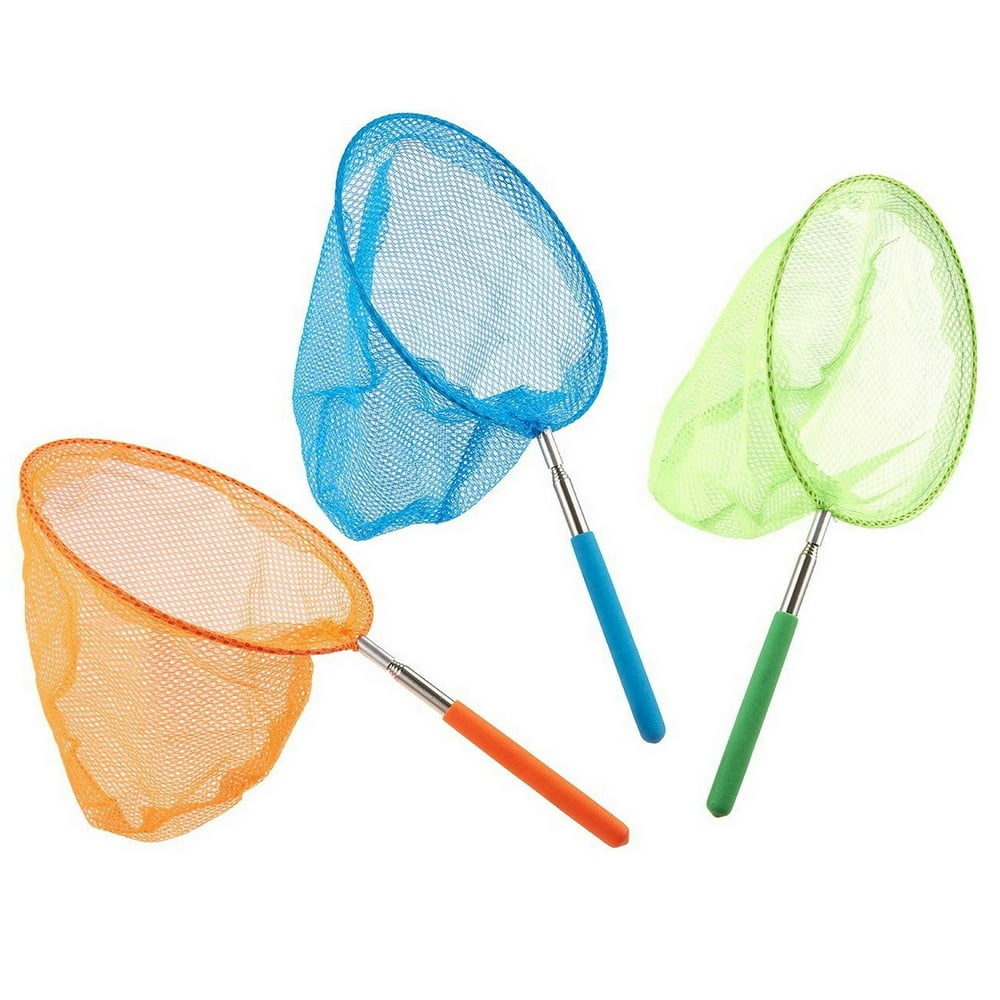
- You need a net and a container to catch them. The net will prevent them from being able to hop away from you.
- Find a place where grasshoppers might be hiding. This could be in a grassy field, an open plain with some shrubs nearby, a bush, or any other low-growing vegetation.
- You can usually find a grasshopper if you are walking and then it suddenly hops out of your way. Most grasshoppers have sort wings that will not enable them to actually fly very far, so try to keep track of the movement and where the grasshopper lands. If you lose sight of it, you can always walk around the nearby area until you startle it into hopping again.
- Use your net and slowly walk behind the grasshopper. Freeze for a little bit and then use the net to close in on it and catch the grasshopper. This may take a few tries, but as long as you know where it is, you will get the hang of it!
- Once you have caught it, coax it to the end of the net and then use your hand to close off the exit in the net.
- Once it is secured in the net, get your container and feed the net into the container. The grasshopper will soon fall in. Congratulations, you caught your pet grasshopper!
How to Take Care of Your Pet Grasshopper
Enclosure
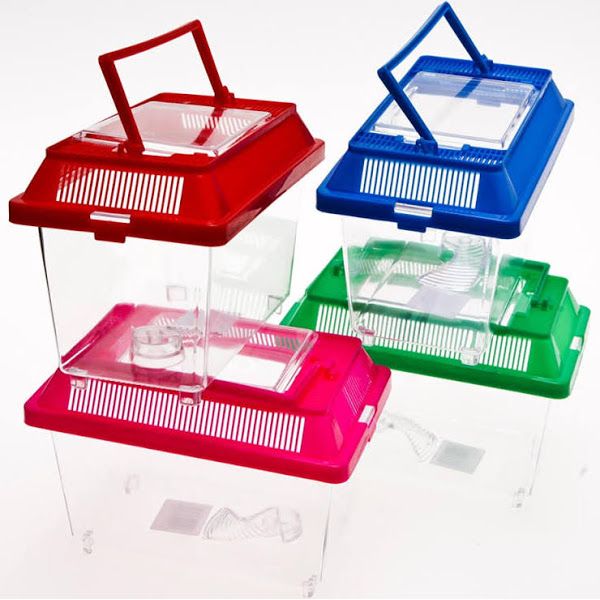
Now that you have caught your new pet. If you want, you can give it a name. Think of something creative! how do you take care of it? Usually grasshoppers are very easy to take care of. First, you need to set it up in an enclosure so it doesn’t escape. Have a large tank (or even an empty plastic container) that usually doesn’t need to be larger than a shoebox to give the grasshopper adequate space. If you are using a container, make sure that it has holes on the top of it or sides of it. You can fill it with dirt or coconut husk. You may put in twigs to spruce it up. Now his new home is set up.
Food
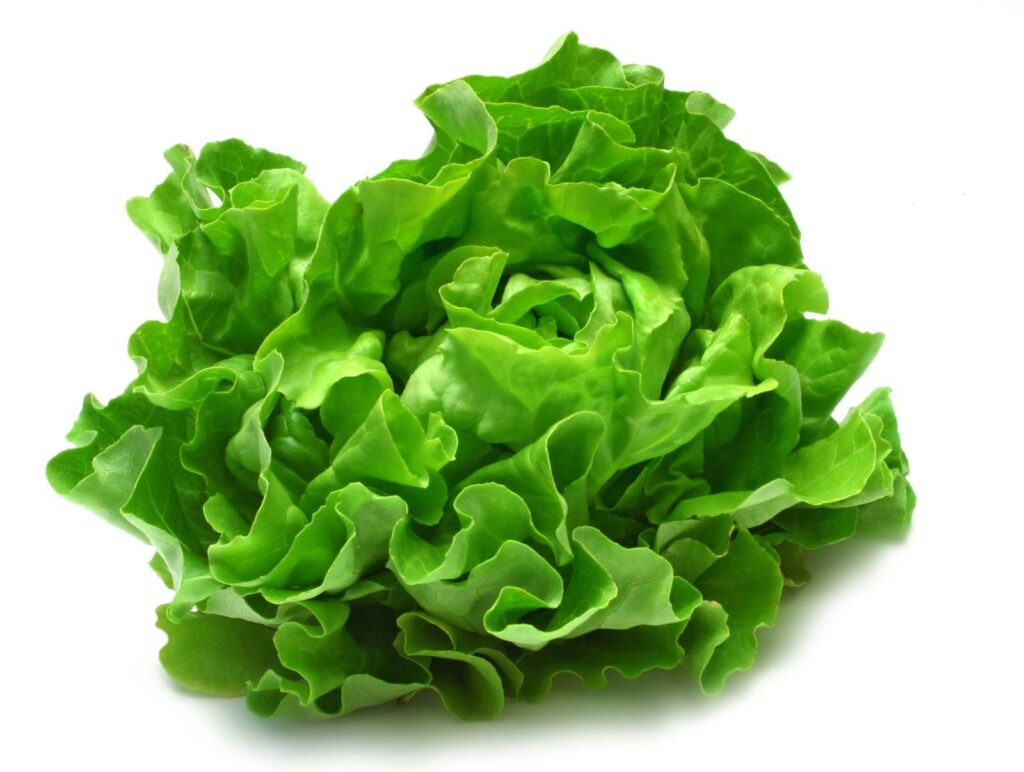
Grasshopper diets are pretty straightforward. You can feed it any kind of vegetation. I prefer to feed them lettuce since it is the least likely option that will develop mold or get gross and yucky after staying out too long. it would just dry up. I sometimes give my grasshoppers special treats like grapes. Grasshoppers go crazy for sweet fruits like strawberries, grapes, bananas, and apple slices. Make sure that you do not leave fruit sitting in the tank for more than two days if they don’t eat all of it. If you do, the fruit will start to get moldy and rotten, which is what grasshoppers will not find appetizing. Besides food, you can also mist their tank or put a wet paper towel in the tank for them to drink.
Maintenance
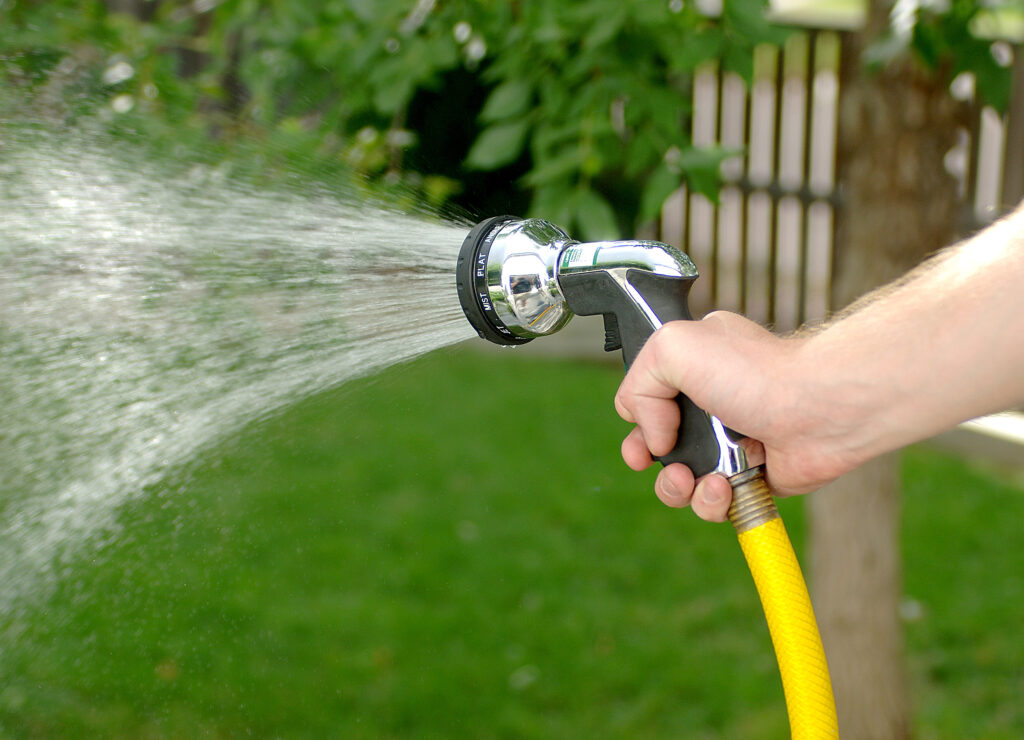
Grasshoppers will poop a lot, so it’s best to make sure to clean its tank at least once or twice a week. They will poop all over the tank, including in their food. So make sure to clean their tank by hosing it down with water and then wiping it down with a paper towel. make sure to put the grasshopper in a holding container during this process. When you are done cleaning and setting the tank up again, put in fresh greens for it to eat.
Conclusion
I hope you learned a lot about grasshoppers and what it takes to take care of them. Taking care of a pet grasshopper is a great way to teach kids to observe nature while also having fun. These free printable worksheets would be great to include if you are taking care of a grasshopper as a kind of experiment. Thank you for reading and hoppy trails!
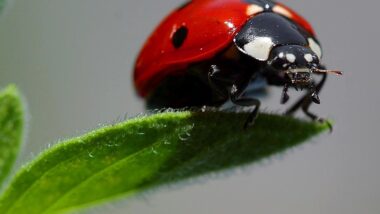
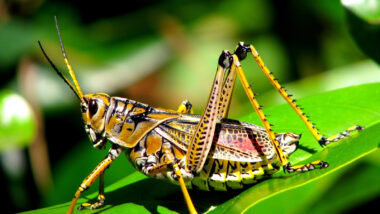
Pingback: Learn About Grasshoppers - Bug Bushel